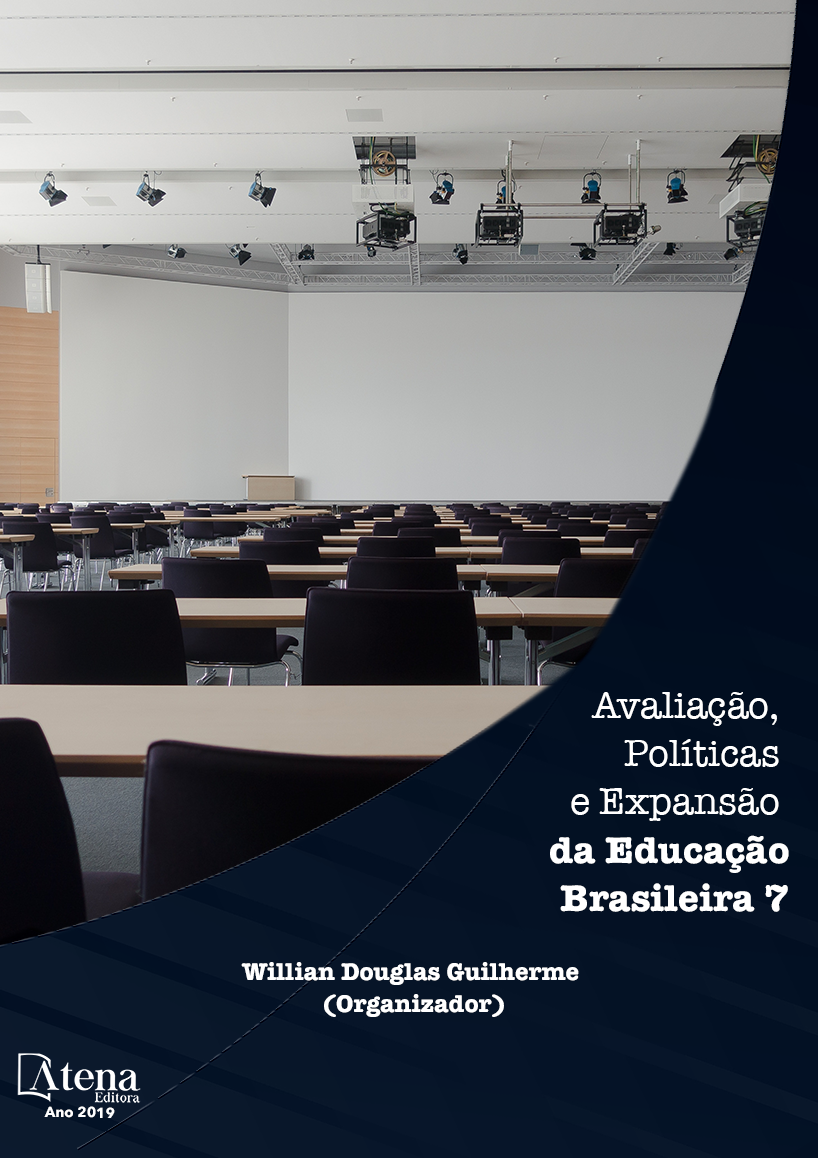
UMA ABORDAGEM DO TEXTO LITERÁRIO EM SALA DE AULA ATRAVÉS DAS RODAS DE LEITURA
Este trabalho reflete acerca da
inserção da arte literária em sala de aula,
especificamente por meio do trabalho com
as crônicas de Clarice Lispector em rodas
de leitura. Tal discussão visa ressaltar a
importância do texto literário na formação plena
do indivíduo, ao valorizar as potencialidades e
a socialização da leitura individual que esse tipo
de metodologia promove, conforme Hércules
Corrêa, em Glossário desenvolvido pelo CEALE
da UFMG. A abordagem da literatura nesse
formato pode favorecer um maior envolvimento
dos estudantes nas múltiplas possibilidades de
significação e apreciação das obras artísticas
pelo fato de destacar “determinadas partes do
texto explorando a entonação, com o uso de
recursos como mudança de voz conforme o
personagem, a ênfase em interjeições, gestos e
expressões corporais e faciais.” Para que essa
prática seja profícua, é necessário ainda que os
docentes se utilizem de embasamentos teóricos
que os orientem sobre as especificidades
do objeto literário. Nesse sentido, esta
comunicação aborda também a particularidade
da linguagem literária e, para isso, ancora-se
em escritos de teóricos e críticos como Antonio
Candido, Mukarovsky, Valéry, Wellek e Jauss.
Tais pensadores defendem a propriedade da
linguagem literária que, como um sistema
diferenciado, utiliza a língua de maneira distinta
e, por ser assim, difere-se, em sua natureza
e função, das linguagens que visam a uma
comunicação direta. Através das rodas de
leitura, o aluno-leitor pode ser conduzido a um
prazer especial, capaz de ativar sua imaginação,
sua criatividade e sensibilidade, contribuindo
significativamente para sua formação como
sujeito consciente e reflexivo.
UMA ABORDAGEM DO TEXTO LITERÁRIO EM SALA DE AULA ATRAVÉS DAS RODAS DE LEITURA
-
DOI: 10.22533/at.ed.64119100722
-
Palavras-chave: Rodas de leitura. Sala de aula. Clarice Lispector.
-
Keywords: Reading circles. Classroom. Clarice Lispector.
-
Abstract:
This work reflects about the
insertion of literary art in the classroom,
specifically through the work with the chronicles
of Clarice Lispector in reading circles. This
discussion pretend to emphasize the importance
of the literary text in the full formation of the
individual, by valuing the potentialities and
the socialization of the individual reading that
this type of methodology foment, according to
Hércules Corrêa, in a glossary developed by
CEALE of UFMG. The approach of literature in
this format can favor a greater involvement of students in the multiple possibilities of
meaning and appreciation of artistic works because it highlights “certain parts of the
text exploring intonation, using resources such as voice change in accordance with
the character, emphasis on interjections, gestures and facial and body expressions.
“ For this practice to be beneficial, it is still necessary that teachers use theoretical
foundations that guide them about the specificities of the literary object. In this context,
this communication also addresses the particularity of literary language and, for that,
anchors itself in writings of theorists and critics such as Antonio Candido, Mukarovsky,
Valéry, Wellek and Jauss. This thinkers defend the peculiarity of literary language which,
as a differentiated system, uses language in a distinctive way and, as such, differs
in its nature and function from languages that aim at direct communication. Through
the reading circles, the student-reader can be led to a special pleasure, capable of
activating his imagination, his creativity and sensitivity, contributing significantly to his
formation as a conscious and reflective subject.
-
Número de páginas: 15
- Simone Aparecida Botega
- Andréa Portolomeos


